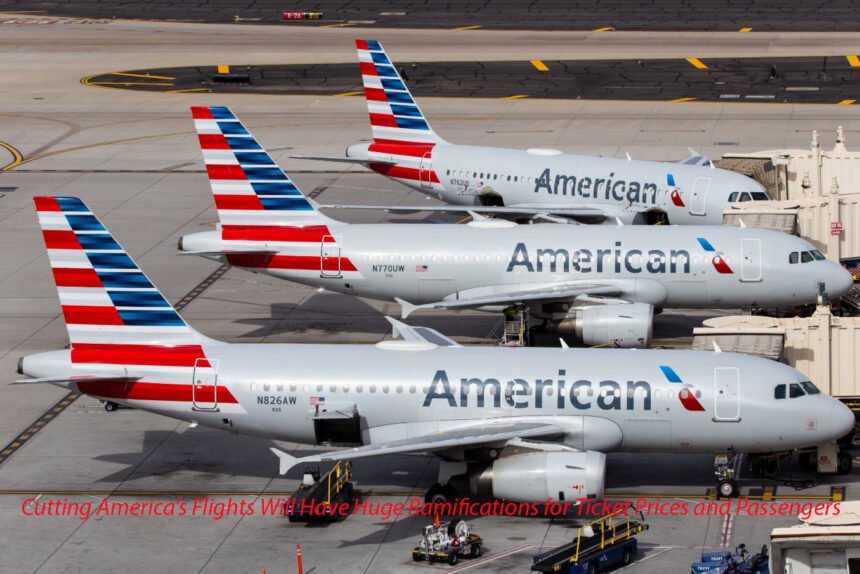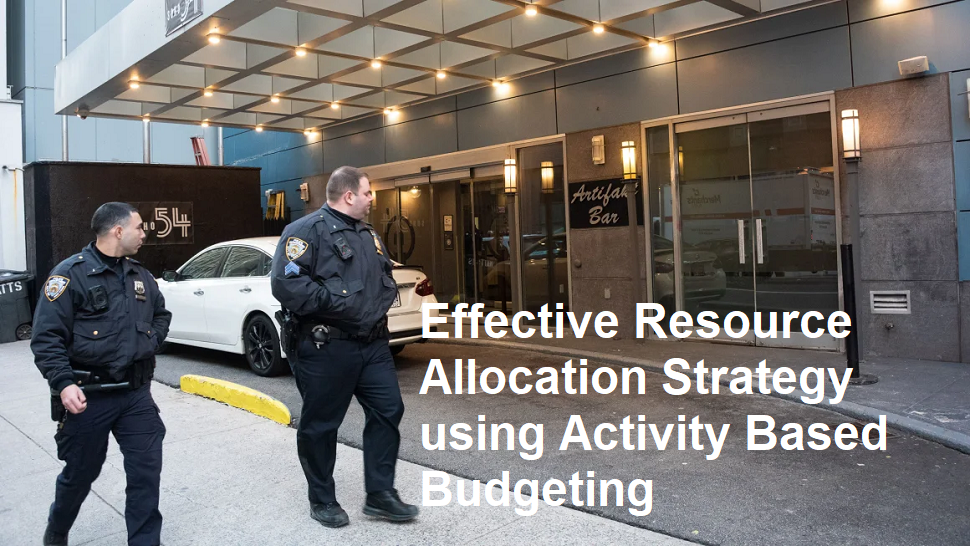The U.S. aviation industry is facing a new challenge as airlines plan to reduce flight schedules nationwide. These cutbacks are being driven by multiple factors, including pilot shortages, operational costs, and fluctuating travel demand. While airlines argue that trimming flights ensures efficiency, the decision will likely have far-reaching effects on passengers and ticket prices across the country. Fewer available flights often translate to higher ticket costs and less flexibility for travelers.
With major airlines already adjusting their domestic routes, passengers might soon feel the pinch, particularly in smaller cities that depend heavily on regional connections. Experts believe that the upcoming months will reveal how deeply these changes affect both travel behavior and airline competition.
Why Airlines Are Cutting Back
Airlines have cited rising fuel prices, limited aircraft availability, and workforce challenges as major reasons for these reductions. Many pilots retired early during the pandemic, creating a shortage that carriers have struggled to fill. Although recruitment programs are ongoing, training and certification take time, leaving airlines with no choice but to scale back routes temporarily.
Additionally, operational costs continue to climb. Fuel prices have fluctuated significantly, and maintenance expenses for aging aircraft fleets add to the financial strain. By reducing the number of flights, airlines hope to maintain profitability while keeping customer satisfaction steady. However, balancing cost efficiency and passenger convenience remains a difficult task.
Impact on Ticket Prices and Competition
Reduced flight availability typically leads to a rise in ticket prices. When fewer seats are available, demand outpaces supply, giving airlines more leverage to increase fares. This effect is particularly visible in busy travel seasons and popular destinations where travelers have limited alternatives. Competition between airlines may also decrease as smaller carriers find it harder to keep up with major players that control key airport hubs. Fewer competitors could result in higher average ticket prices and fewer promotional deals.
For many travelers, especially those on tighter budgets, this could mean rethinking their travel plans or opting for less convenient routes. Some analysts suggest that low-cost airlines may benefit from the situation by attracting price-sensitive passengers. However, their capacity to absorb the overflow is limited, and many of these carriers also face similar resource constraints.
Passenger Experience – Fewer Options, More Delays
For travelers, the immediate impact will be fewer flight options and longer layovers. Business travelers who rely on flexible scheduling could struggle to find convenient departure times. Meanwhile, leisure travelers may see vacation costs rise as both airfare and hotel prices climb during peak travel periods.
Moreover, a reduced flight network increases the risk of congestion at major hubs. When weather or mechanical issues arise, rebooking passengers becomes more complicated due to limited alternative flights. This can lead to longer delays and more cancellation issues that have already plagued the airline industry in recent years.
Passengers in smaller markets face even greater challenges. Many regional airports rely on a few daily flights to connect with larger cities. If those routes are reduced or canceled, travelers in those regions might have to drive longer distances to access major airports.
Government Oversight and Industry Response
The federal government is monitoring the situation closely. Transportation officials have urged airlines to improve scheduling reliability and transparency, ensuring passengers are not left stranded. Some industry groups have proposed temporary measures, such as subsidies or shared route agreements, to keep regional air travel accessible.
Meanwhile, airlines are exploring technological solutions to enhance efficiency. Improved fuel management systems, smarter scheduling algorithms, and hybrid-electric aircraft programs are among the strategies being tested to cut costs without reducing accessibility.
Conclusion – A Period of Transition for the U.S. Travelers
As airlines streamline operations, passengers must prepare for a period of adjustment. The reduction in flights may stabilize the industry’s financial footing, but it will also reshape travel patterns across the United States. For now, travelers are encouraged to plan ahead, book early, and stay flexible with their itineraries.
The months ahead will test how well the U.S. airline system can adapt to economic and logistical pressures without compromising accessibility and affordability. Ultimately, while airlines seek efficiency, passengers will bear the immediate consequences of fewer flights, higher prices, and a more unpredictable travel experience.












